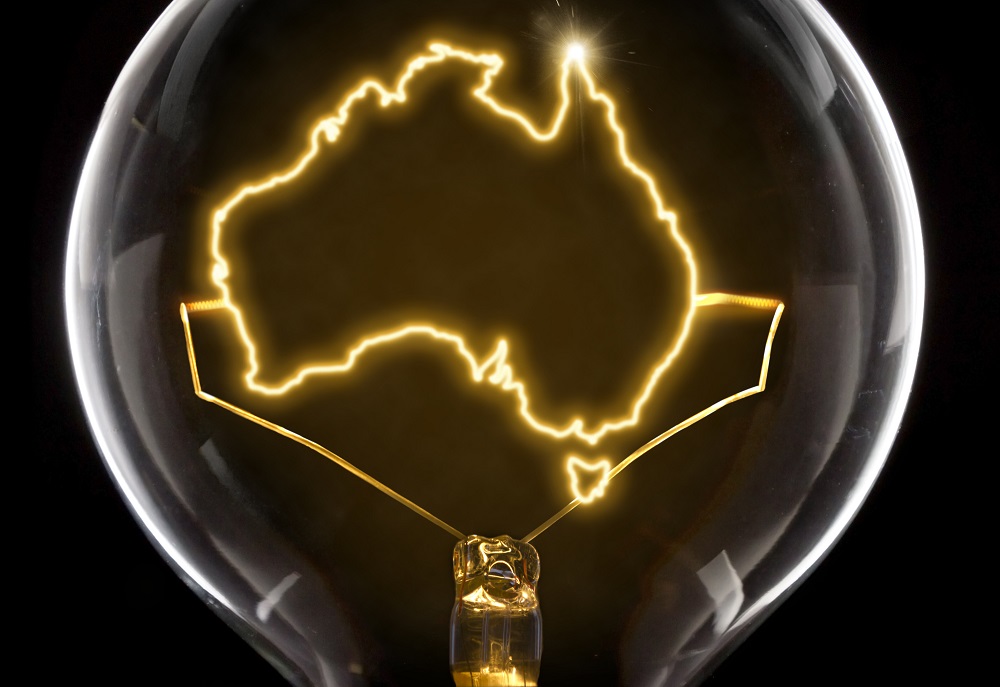
Innovation in northern Australia is thriving. It’s not clear why, but there’s no doubt that northern Australians are seizing the opportunity to pursue innovative projects that generate economic benefits, contribute to national resilience and respond to defence needs.
A new ASPI report, Breaking down the barriers to Industry 4.0 in the north, launched today, shines a light on the challenges and opportunities, and highlights what’s needed to better harness those opportunities.
Industry 4.0 spans the adoption of improved automation, machine-to-machine and human-to-machine communication, artificial intelligence, continued technological improvements and digitalisation across all sectors, including manufacturing and government services. It enables point-of-distribution or point-of-use production and small-scale production runs tailored to meet customers’ needs.
This is a fundamental shift from the engineering era of mass production of standardised systems in lowest cost locations combined with global distribution from centres of large-scale production.
Through the lens of real experiences and success stories, the report illustrates innovation that’s already occurring in the north, often with the support of future-thinking state and territory governments.
But these innovations aren’t overnight successes. Instead, the report highlights that innovation is underpinned by trial and error, failure and persistence, long lead times and an unwavering commitment to a better future.
There’s a culture of innovation in the north that’s driven by necessity and arises from the tyranny of long supply chains and a small industry base. Entrepreneurs and innovators in the north recognise the strong links between innovation and security. They appreciate that an economically prosperous and resilient north makes for a secure Australia.
Of course, the north isn’t alone in its pursuit of sustainability-focused innovation in Australia, but it’s a stand-out. The difference in the north is that innovators are often driven by the desire to pursue environmental, social, sovereignty and security outcomes as a bundle.
Many benefits can arise from Industry 4.0, including less wasteful use of natural resources and enhanced economic performance. However, the report stresses that there are barriers, such as the fear of letting go of the thinking of the past, the need to focus more clearly on sovereignty and resilience, and a cultural unwillingness to fail.
The report acknowledges that the barriers to innovation aren’t new; however, Industry 4.0 raises them to a new level of obstruction.
Areas in which change is needed include equity investment and anchor clients. Without one, you can’t get the other. The risk mindsets of departments and governments, coupled with shareholder capitalism, drive a disproportionate focus on prospects of failure over success and, in the corporate world, on the next quarter’s profit and share price.
Start-ups and small to medium-sized enterprises are confronted with a maze of inconsistent processes and no clear pathway, resulting in a lack of engagement with subject-matter experts. Box-ticking approaches result in innovation being overlooked.
More is also needed to drive national capability, rethink the viability of large-scale manufacturing and production lines, and align government thinking and practice with the environmental, social and governance mindset of business and the growing expectations of investors, consumers and the community. Innovating will always require a degree of perseverance and a measure of good luck. Still, governments do have the ability to shorten the odds for success.
The report showcases a number of northern innovators. For example, SPEE3D, a 3D printing company, is reconceptualising last century’s manufacturing and production lines through metal cold-spray technology. HyperOne is a Queensland company that’s pursuing a 20,000-plus-kilometre, $1.5 billion hyperscale national fibre network that will support tens of thousands of jobs nationally in a variety of high-tech industries. And Darwin-based Life h2o has developed a suite of military-grade water-purification equipment that could also provide a clean, safe water supply for civilian uses.
Australia is ranked fifth in the OECD for innovation in business and is in the top 10 countries globally for the availability of skilled labour. The report notes that while fifth for innovation is a great achievement, we need to strive for more, and tenth in the skilled-labour stakes is nowhere near good enough.
For Australia to fully embrace Industry 4.0, there’s a need to accept targeted displacement rather than settle for the slowness of continuous improvement or the randomness of transition. Some industries will fade away and new ones will spring up in their place. But new industries must be supported by long-term commitment and investment. Decoupling Industry 4.0 investment from short-term, politically driven ‘announceables’ is essential.
Northern innovators have a commitment to Australia, its future and the kind of world that they want to create for future generations. They conceptualise, create and deliver by leveraging Industry 4.0 thinking and technology.
Technology doesn’t drive change, but how northern innovators are using it does. This is sovereign capability in action.

